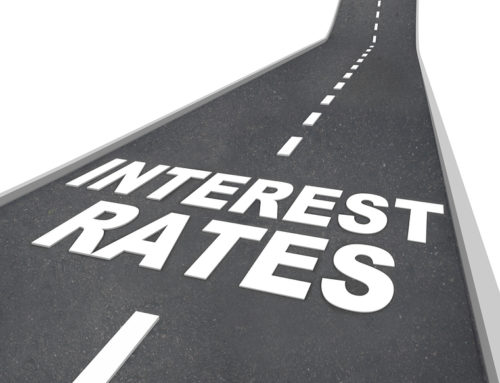As of Monday, May 14th, 2018, the minimum qualifying rate for mortgages increased from 5.14% to 5.34%. This will decrease the total mortgage amount you will qualify for.
This started late April when TD announced they would be increasing their 5 year fixed posted rate to 5.59%… leading the mortgage industry with the highest posted mortgage rate. The other big banks then followed, but with smaller increases. As of today, TD leads the way with the highest posted rate of all the banks. The lowest being CIBC who has still not increased their rate, which remains 5.14%. They will likely be increasing it soon, which could cause the qualifying rate to increase further.
The benchmark rate (qualifying rate) of 5.34% is set by the Bank of Canada, which is basically an average of the 5 year fixed posted rates from the big banks.
Mortgage qualification is done by using the higher of the benchmark rate or 2% above your contract rate. Your contract rate being the rate your payments are based on.
For example, with a 5 year variable rate at 2.21% (prime -1.24%), you would have to qualify as if your payments were at the rate of 5.34%. 2% above 2.21% is only 4.21%, so the qualifying rate would be 5.34%, since that is the higher of the two.
With a 5 year fixed rate at 3.49%, 2.00% above this rate would be 5.49%. As this is higher than the 5.34% benchmark rate, your qualification would be based on 5.49%.
This is what is referred to as the Stress Test. You need to qualify based on a higher rate, which is to protect you against rising rates. In other words, it ensures that you will still be able to afford to make your mortgage payments if rates were to rise higher. As we are now in a rising rate environment, this not a bad idea actually, and is a pretty decent example of forward thinking. It’s just frustrating when you are shopping for a home and the maximum amount you qualify for continues to decrease.
A year ago, the qualifying rate was 4.64% and you could still qualify for 5 year fixed mortgages based on your contract rate… providing you had at least 20% down payment. (this changed January 1st, 2018).
To give you an idea of how much impact this has, a couple with a $120,000 household income would have qualified for a mortgage as high as $800,000 a year ago. Today, that same couple would only qualify for around $600,000. That’s a 25% drop!
Upward pressure remains on fixed mortgage rates as bond yields continue to increase. Fixed mortgage rates are determined by bond yields, which can be followed here: https://www.investing.com/rates-bonds/canada-5-year-bond-yield








Leave A Comment